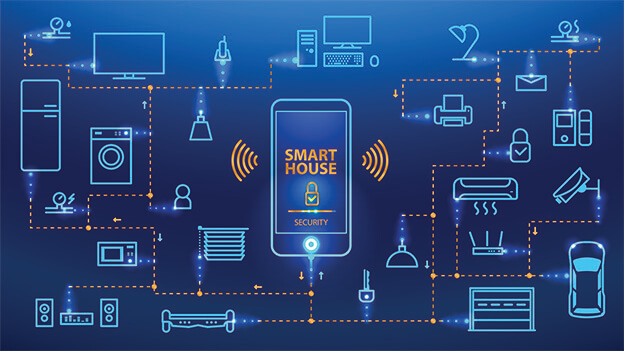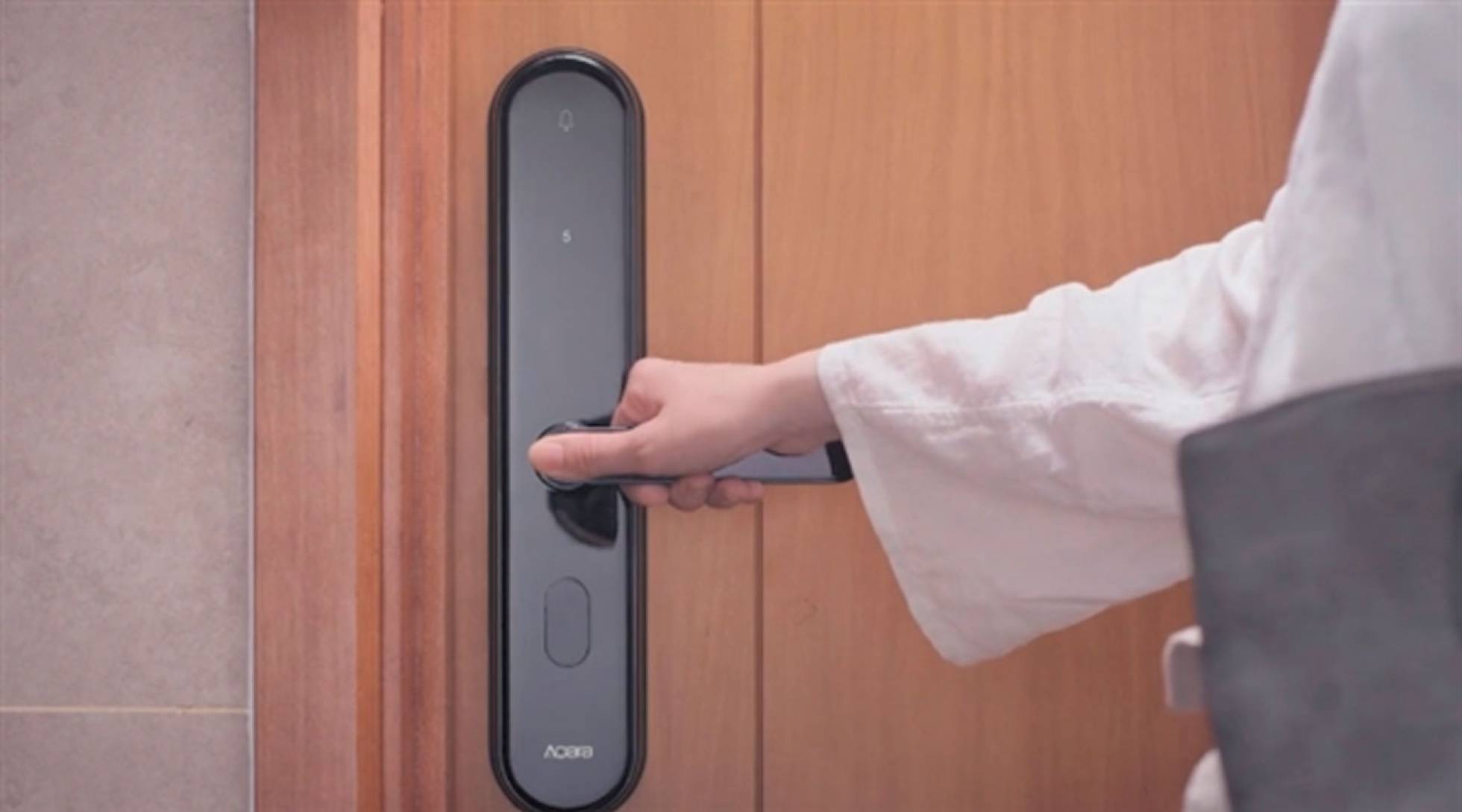What is a smart home and how does it work?
A smart home is an intelligent houses where tasks and services are automated through connected objects. Shutters open when you wake up, heating regulated according to the days of the week, alarm, mood lights... everything is programmable and can be controlled remotely from a control box or a smartphone. Still a science fiction object about ten years ago, the smart home is being democratized at high speed thanks to advances in technology and new communications. The smart home puts information technology at the service of people for greater comfort and energy savings.
What is a smart home?While we used to talk about home automation (a contraction of the words "domus", the Latin word for house, and computer), the term is now used to refer to all the technologies used to remotely control domestic equipment in a connected home. All the equipment in a home can thus be automated and remotely controlled: roller shutters, alarm, heating, lighting, television, coffee machine, gate, etc. In addition to saving you from tedious and repetitive tasks, the connected house learns to know your habits and automatically adapts to your preferences and its external environment (weather, air quality, etc.). This is why we speak of an intelligent house, and not just automation or home automation.

The smart home is based on a simple scheme: smart home devices are able to communicate with each other, with you or with an automated control system. It is no longer just a question of controlling the equipment and systems in the home, but of controlling them remotely, in real time, and making them communicate with each other. To do this, the smart home uses wiring but also wireless technologies such as waves or wifi.
Wired operationThe wired installations are very reliable and allow a safe management of the equipment, without interference. The house connected by cables can use several techniques such as PLC or ethernet cables. But products connected in this way have disadvantages: the installation requires major work and sometimes the intervention of a professional which generates additional costs. In addition, the objects connected in this way are hardly mobile and their operation is therefore less scalable.
Wireless smart home devicesWireless technology allows for simplified installation. It can use infrared, magnetic field, radio waves or wifi. It is thanks to the internet that the smart home has particularly developed, as wifi allows objects to be controlled from a computer or smartphone and to communicate with each other without the need for wiring. Now, to control a device remotely, it is sufficient for it to be connected, i.e. it connects to a management application via the home's wifi network. With the multiplication of smart home devices and the development of smartphone applications, home automation is now within everyone's reach.
D-Link Democratizes Wave 2 WiFi Technology to Improve Wireless Performance in High User Density Environments
D-Link bets for the modernization of the professional WiFi networks with the presentation of the Access Point DAP-2680 WiFi AC1750 Wave2 PoE. Among the different improvements it provides, Multi-user MIMO (sending data flows to multiple users simultaneously, greater efficiency in environments of high user density than the sequential standard), BandSteering to optimize load balancing and BeamForming to increase the reach of the network. The DAP-2680 is a compact access point, with power over Ethernet cable support and is ideal for deploying versatile WiFi networks prepared for the maximum demands of connectivity present and future, modernizing the wireless infrastructure at a very balanced cost both in large deployments in hotels, conference rooms or large auditoriums and for small installations in SMEs.

The main features of the DAP-2680 are:
Maximum safety
As with all D-Link enterprise solutions, security is at the forefront of DAP-2680 design. It works with personal and enterprise versions of WPA and WPA2 (802.11i). It has a built-in internal RADIUS server that allows users to create accounts within the device itself, as well as a captive portal. This access point also includes MAC address filtering, wireless LAN segmentation, fraudulent access point detection and time-based broadcast for maximum protection of the enterprise network.
The DAP-2680 is now on sale in specialist shops and in the D-Link dealer network at a retail price of €149.90. In addition, it is now available to resellers in kits of 3 and 5 units with significant discounts on unit purchase. Unlimited lifetime warranty.
Aqara Smart Lock S2

Xiaomi high-end lock
In this way, if they are synchronized, we will see how, when the door is opened, the lights will turn on or other appliances will start to work, just as we have chosen in the settings.
This intelligent lock is extremely resistant to punctures, breakages and other techniques for opening the locks by friends of others. When someone tampering with the lock, this Aqara Smart Lock S2 will alert us through the app, as it is permanently connected to the Internet. This new lock reaches the Chinese market at a price of 241 euros at the exchange rate.


